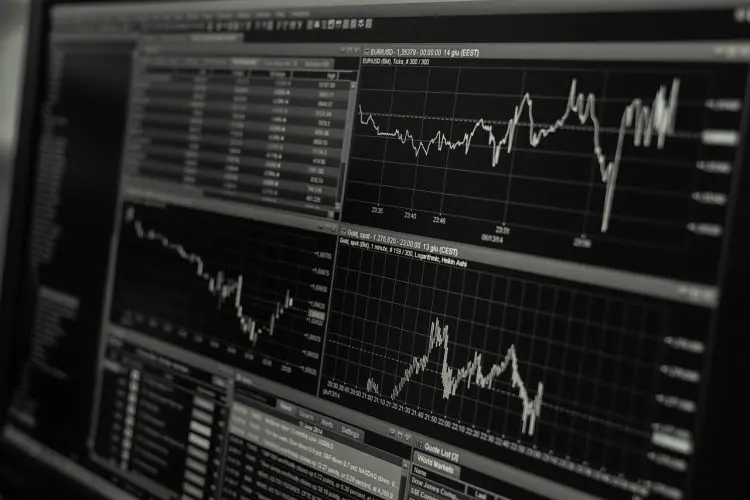The primary event that led to the bloom of forex was when the gold standard system was declared back in 1875.
Before the gold standard, consumers and traders used gold, silver, and other precious metals as an international currency. After the Second World War, the Bretton Woods Agreement was put into place to define a new international monetary system. The US dollar was the primary fixed value of gold, at $35 per ounce. After the collapse of The Bretton Woods Agreement in 1971, it was replaced by the modern foreign currency exchange that we know today.
Approaching forex can be a little intimidating for beginners due to the various financial technicalities involved, which is why we’ve made a brief guide that can help you understand the mechanics behind the foreign exchange market.
Supply and Demand of Currencies
The main mechanic that drives the forex market is supply and demand. It sets the value of commodities, assets, and even currencies based on the market. If you are shopping for a specific item and find that there is only one vendor that supplies it, you negotiate with that vendor to settle on a price. If there were two vendors, the competition will cause the prices to go down, changing the market value of your items. If the situation were reversed and there was only one vendor for you and someone else, the value would increase. Forex is affected by every trade, but the major differences are caused by whales like national banks who have a surplus amount of national currencies.
Base and Quote Currencies
You’ll notice that the forex market deals with pairs, meaning that you’ll sell a currency to buy another. The basic currency is the first value in a pair, the second currency is the quote currency. The order of currencies in a pair means that one unit of currency is equal to a different value of another currency. People often refer to this resource to look at the value of pairs before they begin trading; values are updated daily. A pair is written by separating the two currency acronyms with a slash; for example, EUR/USD. If the pair is trading at 1.5, then the base currency, the EUR in this case, is worth 1.5 USD. If the base currency increases in value or the quote currency decreases, the pair’s price will rise, or vice versa.
Leverage
Many may think forex is like the stock exchange, requiring a lot of capital to invest and trade. Forex is more approachable by beginners because of a core element called leverage. Brokers are allowing small traders to trade high volumes of currency. Leverage of 1:100 means that for every dollar you place in the trade, you get 100 to trade with. Beginners usually look at leverage with sparkly eyes, thinking about all the profit they can make but the problem is that extreme leverages carry a huge risk of losing all your money. The experienced forex traders usually limit their leverages to 1:10 or 1:20, avoiding the huge shifts of balance when a currency drops or rises to help them bring in consistent profits.
What Controls Forex?
The forex market is huge, with no way for a single player to dominate it completely. But the effect of small traders is minimal compared to the big players like central banks. Predicting prices in forex isn’t easy due to the many forces affecting. The main supply of currency is obtained from central banks, who have a lot of control over the currency’s price. Big fluctuations in prices are usually caused by central banks injecting the currency into their economy. Similar to stocks, public image and news reports play a strong role in encouraging or discouraging people from investing in certain currencies or regions. Once supply or demand is amplified, the prices can rise or drop majorly.
Managing Your Emotions
A big part of forex trading and many other trading platforms is being able to keep your emotions and impulses in check. Practicing trading with small amounts can help you build a background in trading that goes a long way as trading in forex can become very stressful when you’re putting a lot of money on the line. Try to think of it as if you’re applying a mathematical formula devoid of all emotions, just numbers, and probability.
Learning how to trade in forex has a steep learning curve that puts off a lot of beginners from even starting. Thanks to the internet, the industry has become more beginner-friendly by allowing leverages and mock-trading sessions to hone your skills. Keep in mind that mastering forex can take years of practice, so try to stay resolved at all times.


